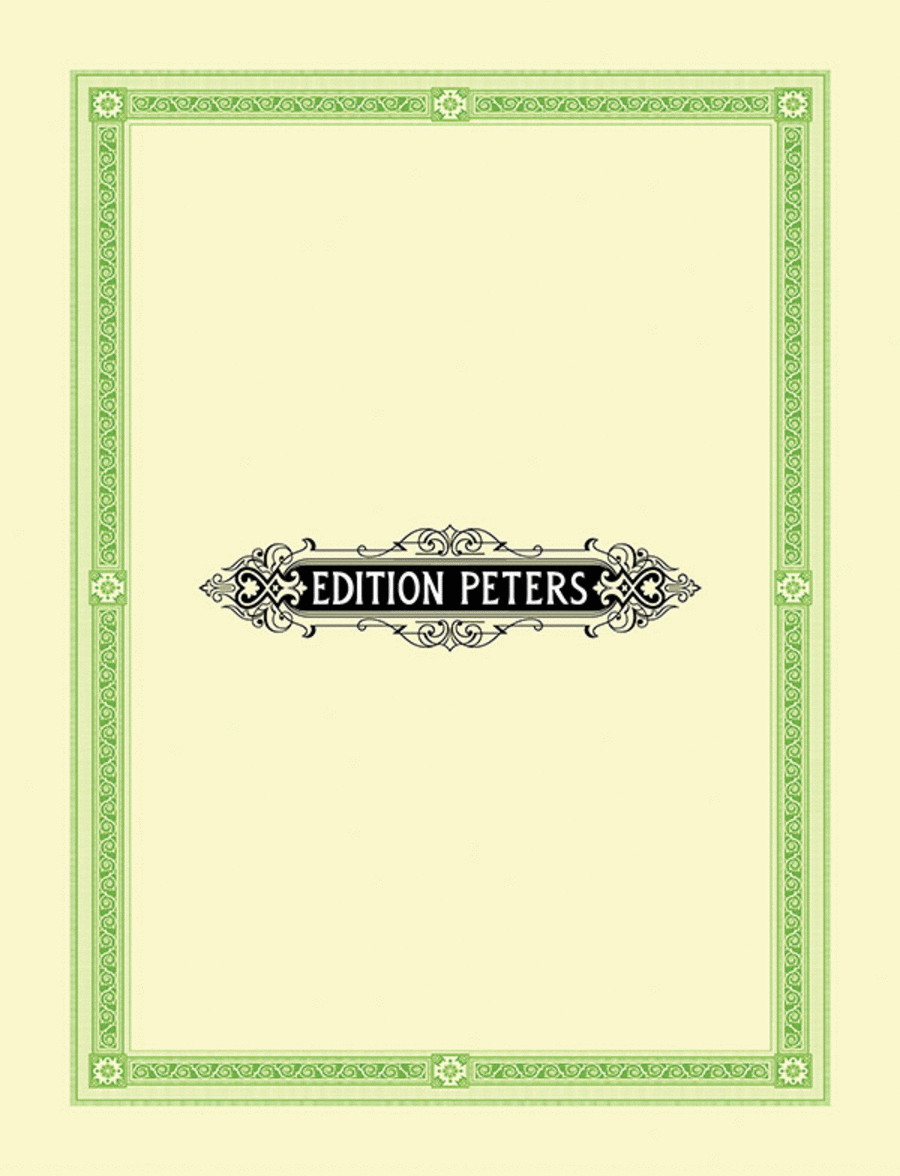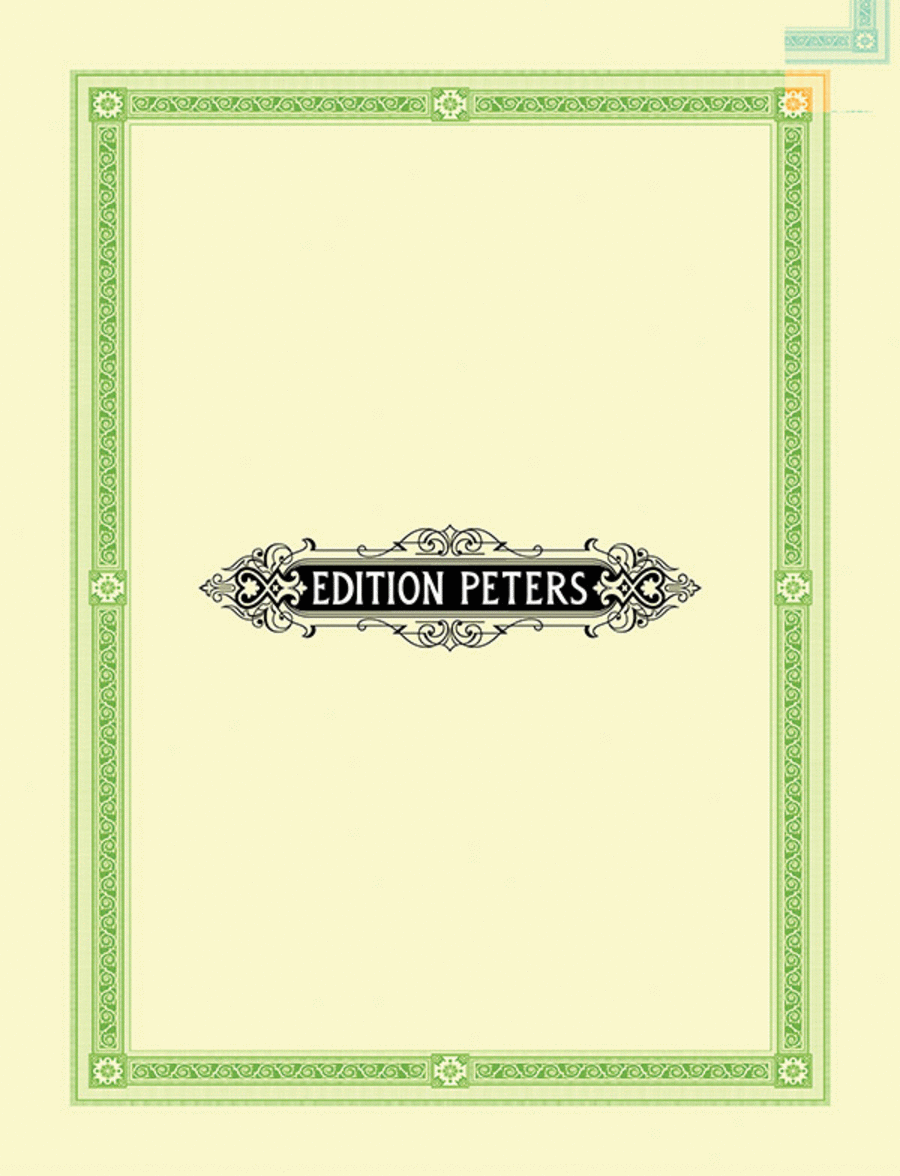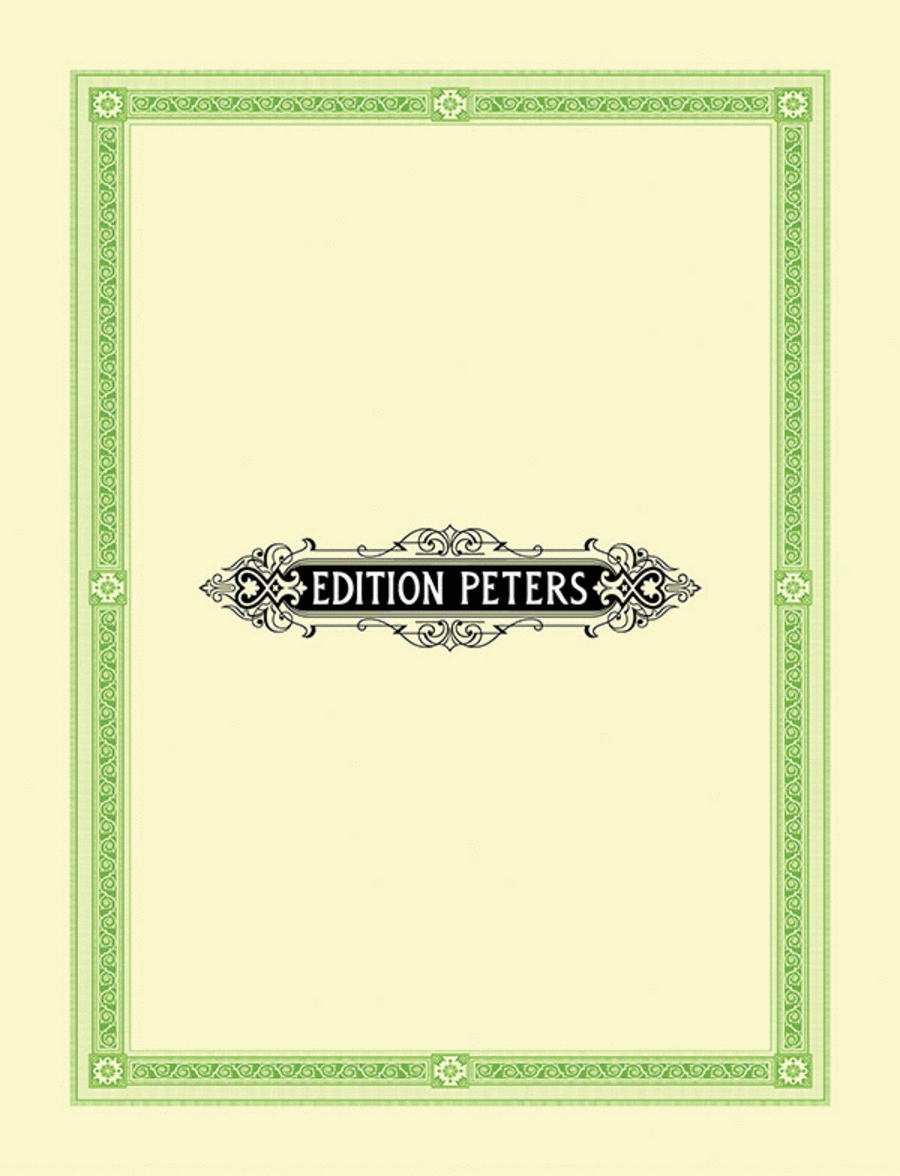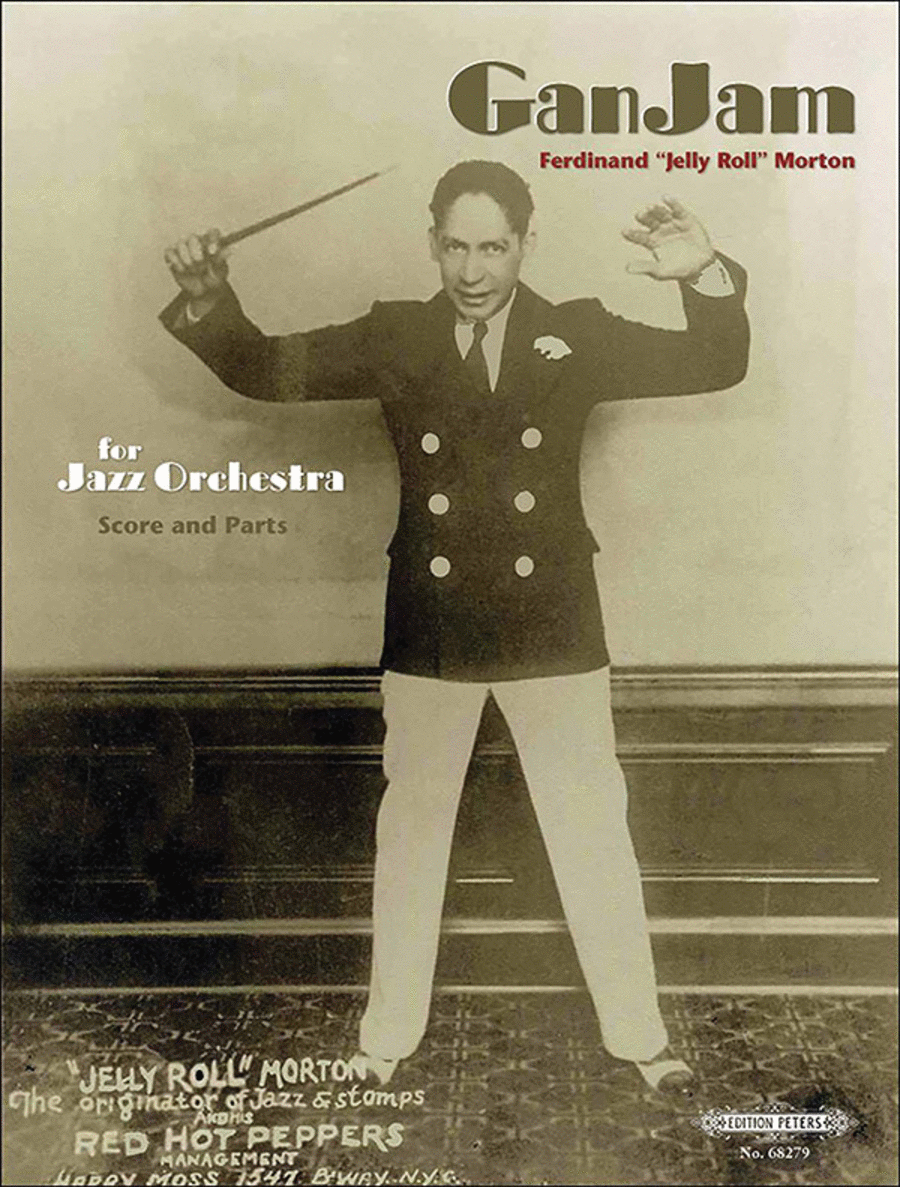 | By Ferdinand Jelly Roll Morton. Edited by James Dapogny. For 2 Alto Saxophones, 2 Tenor Saxophones, 3 Trumpets, 2 Trombones, Piano, Guitar, Doublebass, Drum. Modern, Jazz, Orchestral. Set of Parts. Duration circa 4-7 minutes. Published by Edition Peters Arr : Jazz EnsemblePublisher : Peters$56.00 - See more - Buy online

Sheet music extract
ISBN 979-0-3007-5756-8. Modern, Jazz, Orchestral.
At the end of 1938, Jelly Roll Morton (1890- 1941) returned to New York from his years in Washington, D. C. Recent publicity had made a comeback seem possible, and he hoped to recapture the prominent place in the jazz world that he had held in the 1920s. Still well known, though mainly as a New Orleans music pioneer, he understood that in order to be taken seriously as a contemporary artist, he needed to form a big band like those of his competition, such as Duke Ellington, Count Basie, Benny Goodman, and Tommy and Jimmy Dorsey. In the 1920s Morton's recordings and tours featured a ten-piece band following the first-generation big-band format. But in the late 1930s, larger groups were popular, so Morton assembled a conventional '30s band consisting of four saxophones, six brass, and four rhythm. The band was to open at the Golden Gate Ballroom in Harlem on April 17th, 1939, but on opening night Morton collapsed before going onstage. During his recuperation from the asthma and heart problems that dogged him, the band broke up, never to reassemble. Only six items written for that band's instrumentation are known to exist: Morton's arrangements of his own compositions -- Finger Breaker, GanJam, Good Old New York, Mister Joe, and Stop and Go -- and an arrangement, Mamies' Blues, by another artist. -- James Dapogny (Editor)
For Jazz Orchestra (Set of Parts - for the Full Score, please see EP68279).
|
|

 (AMERICAN COMPANY)
(AMERICAN COMPANY) 




